
A photo shows a document substantiating details of the Imperial Japanese Army's Unit 731 — new evidence of atrocities during the War of Resistance Against Japanese Aggression (1931-45). (Photo provided to China Daily)
Heilongjiang International University and the Museum of Evidence of War Crimes by Japanese Army Unit 731 in Harbin, Heilongjiang province, on Friday released new evidence of atrocities during the War of Resistance Against Japanese Aggression (1931-45).
The evidence was contained in a document, including files of registration forms for the Imperial Japanese Army's Unit 731, that recorded the names of its various departments and members.
A distinguished professor at the university — Japanese historian Seiya Matsuno — who found the document at the National Archives of Japan and brought a copy to China, said that it was made in 1940 by the Japanese Kwantung Army, which invaded northeastern China in the first half of the 20th century.
"It is a detailed report on the reorganization of the unit submitted by the Kwantung Army to the Central Office of the Japanese Army on Sept 30, 1940," Matsuno told China Central Television. "It was designated as top secret by the Japanese Army at that time."
According to the document, the Epidemic Prevention Department of the Kwantung Army was reorganized as the Epidemic Prevention and Water Supply Department (Unit 731) before Aug 22, 1940, with some additional personnel.
The headquarters was divided into the General Affairs Department, the first to the fourth departments, the Materials Department, the Education Department and the Medical Department.
This is the first time that information about departments of Unit 731 has been confirmed from Japanese official archives, according to the museum.
The reorganized Unit 731 was composed of doctors, pharmacists, health workers, engineers, technicians and some other employees.
Among them, medical staff and engineers occupied high positions.
"It is a very important discovery, which marked the most crucial link in the formation and development of Unit 731," said Jin Chengmin, curator of the museum. "It was the beginning of the real expansion of Unit 731 as the number of officers involved in the unit's management increased from 70 in 1936 to 455."
"It also showed that the highest level in Japan decided to expand the scale of Unit 731 to make it a special strategic forces unit," he said. "The new findings provide firsthand historical data support for the research on its basic historical facts."
Unit 731 was a top-secret biological and chemical warfare research base established in Harbin in 1935 as the nerve center of Japanese biological warfare in China and Southeast Asia during the war.
The unit conducted experiments on living human beings to test germ-releasing and chemical bombs.
At least 3,000 people were used for human experimentation by Unit 731, and more than 300,000 people across China were killed by Japan's biological weapons.











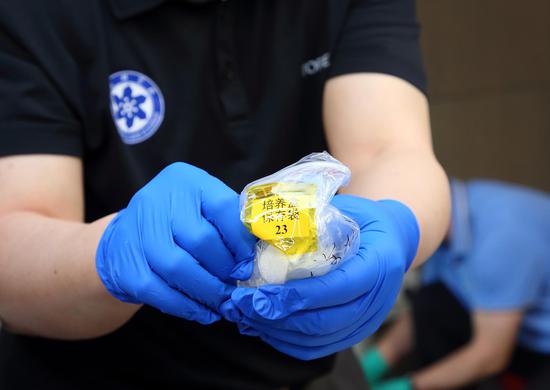
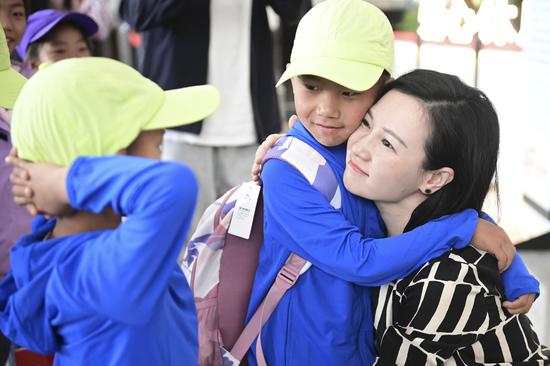






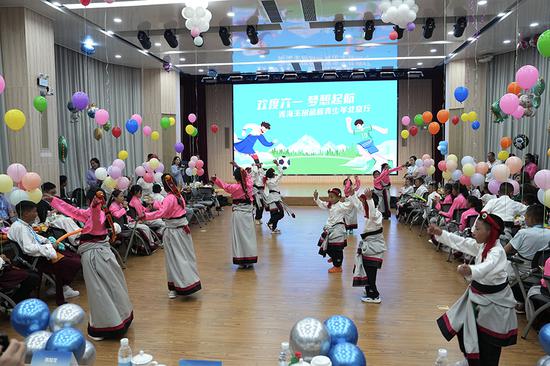

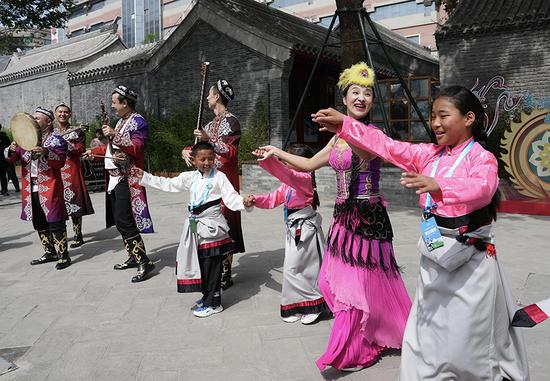

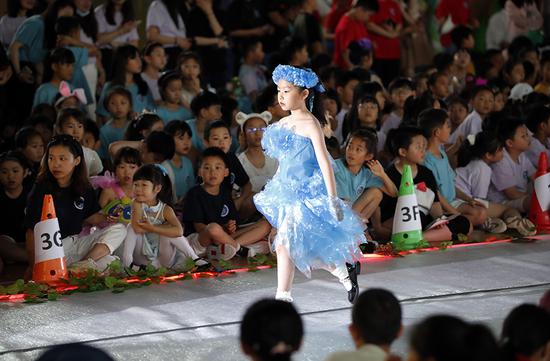
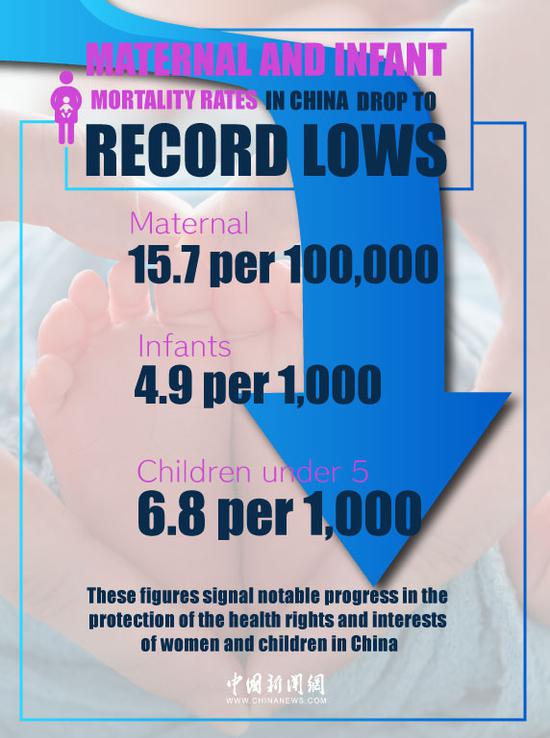
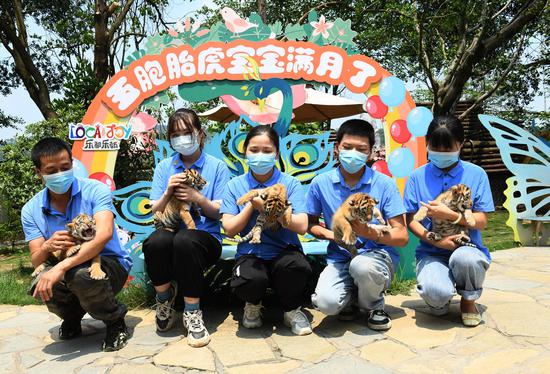
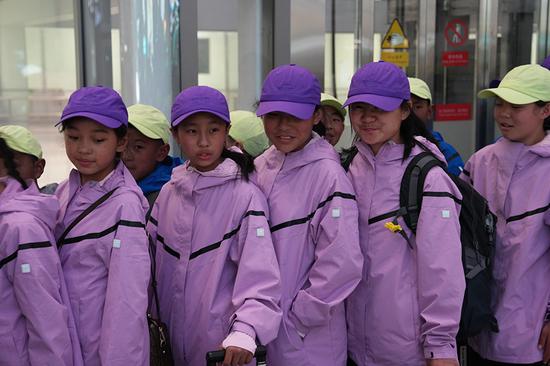
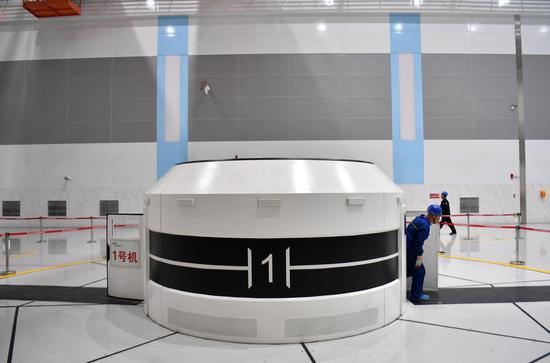


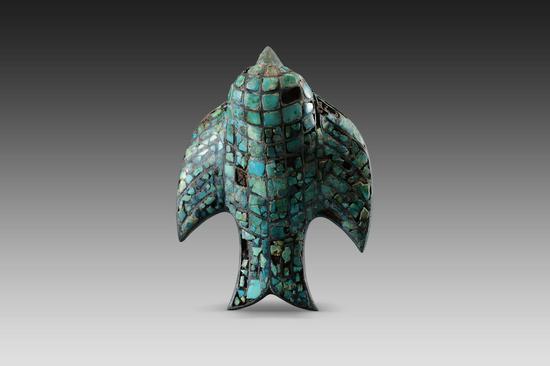
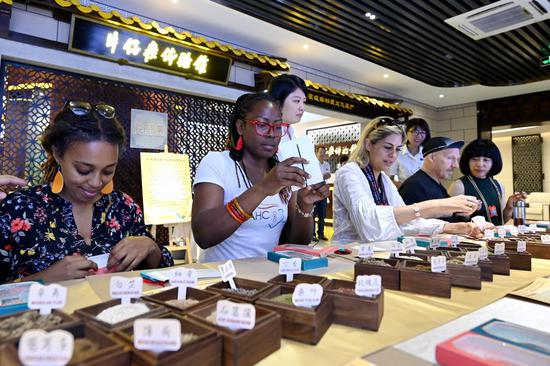




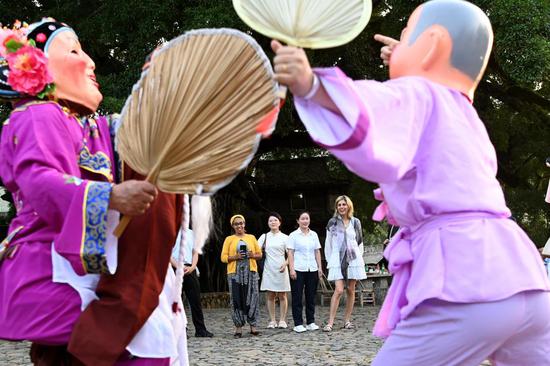



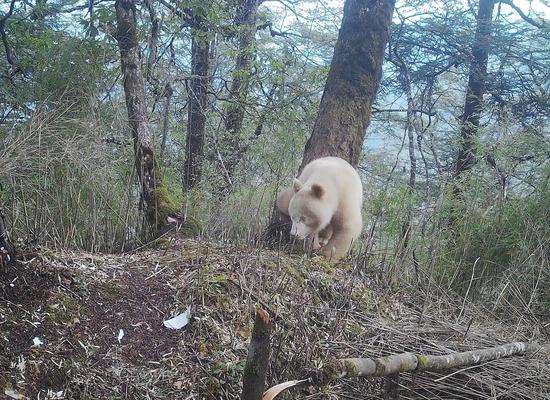


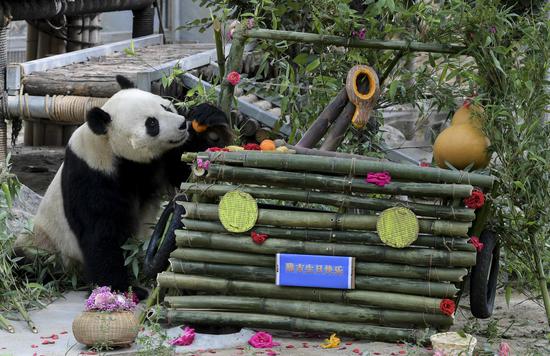






 京公网安备 11010202009201号
京公网安备 11010202009201号